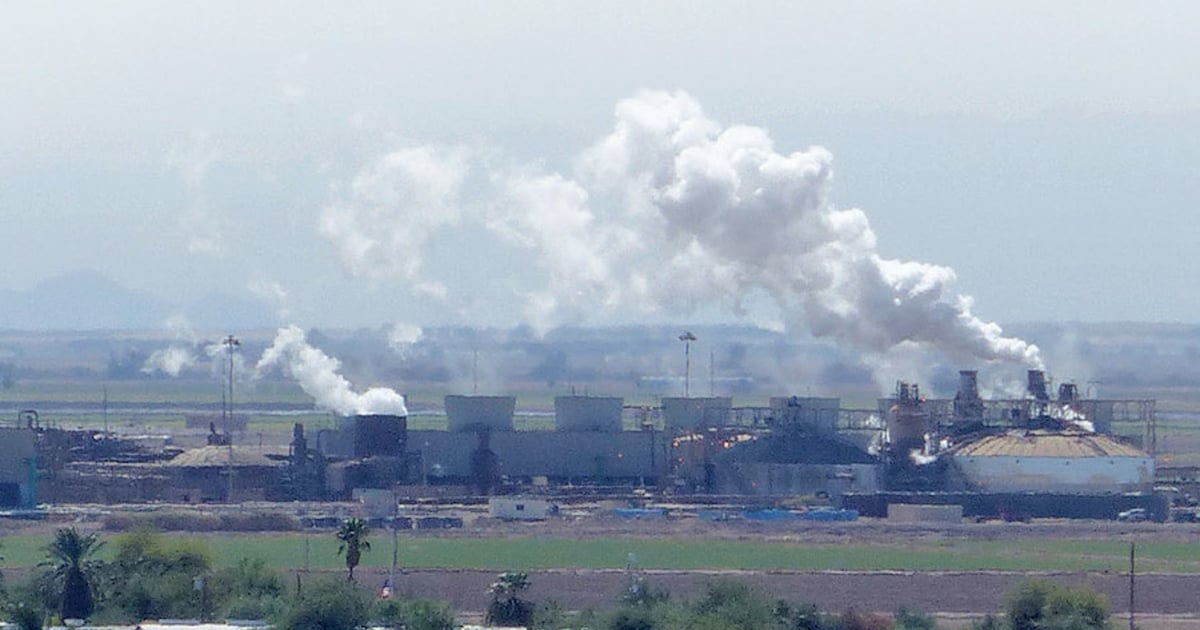
Battery-electric vehicles’ market share could grow rapidly in the next decade, buoyed in part by industrial policy like the Inflation Reduction Act, supply chain experts said during an industry webinar Wednesday.
As demand increases, manufacturers will need to find a sufficient and affordable supply of the minerals needed to produce EV batteries. This need has emerged as a geopolitical issue, with global industrial policy makers seeking to secure supply chains.
Graham Evans, S&P Global Mobility’s director of auto supply chain and technology, said during the webinar that BEV production globally could increase to about 44 million in 2030 from about 8.8 million in 2022, an increase in market share to about 45 percent from less than 10 percent.
The increase in demand for BEVs would translate to increased demand for batteries — to about 3.4 terrawatt hours from about 0.5 terrawatt hours — and, in turn, the raw materials needed to produce them. One terrawatt can power an estimated 70,000 homes for a year.
Meanwhile, demand for lithium could increase six times by 2030, cobalt by four times and nickel by seven times.
NMC, composed of nickel, manganese and cobalt, and LFP, composed of lithium, iron and phosphate, cathodes are the most popular battery chemistry technologies.
Cobalt, nickel and lithium prices shape the cost of producing these cathodes. All three rose sharply in price in 2022 before falling rapidly this year in response to weakening demand. The weakened demand was partially a response to reductions in subsidies in China and Germany, analyst Alice Yu said.
LFP cathodes trended lower in costs across that time period than NMC cathodes because they do not depend on nickel and cobalt, which are both rare and difficult to extract. Overall, lower prices this year have spurred a wave of global EV price cuts, Yu said.
The Biden administration has focused on building up domestic EV supply chains, down to the level of minerals. The Inflation Reduction Act, American Battery Materials Initiative and the Bipartisan Infrastructure Law have been particularly significant in incentivizing both supply and uptake of EVs with supply chains based in the U.S., according to Evans.
An increasing number of automakers are looking to source batteries in house. S&P Global Mobility expects in-house sourcing to grow to 70 percent in 2030 in North America from 12 percent of battery manufacturing in 2022 — a much more significant increase than in Asia (35 percent from 33 percent in China, 37 percent from 21 percent in Japan and Korea) or Europe (46 percent from 8 percent).
Material costs will likely remain volatile, but nonmaterial costs can be reduced as manufacturers ramp up production and achieve economies of scale, said Sam Wilkinson, director for clean technology and renewables at S&P Global Commodity Insights.
“Overall, we see strong cost reductions for batteries in the long term,” Wilkinson said.
LFP batteries run cooler, cost less and comprise more readily available resources. They cannot yet match the energy density of NMC batteries, but automakers like Tesla, General Motors and Ford are exploring LFP for some models to reduce cost.
The U.S. has historically not been a significant producer of lithium, with just one operational lithium mine, in Silver Peak, Nev. But as lithium iron phosphate batteries increasingly compete with the nickel manganese cobalt batteries that are more popular in the U.S., companies are moving to develop dormant U.S. supplies of lithium.
Yu said she anticipates future demand growth will spur an increased supply of battery metals, with lithium demand growing most quickly. Australia is set to remain the largest lithium supplier, but North America will likely see rapid growth in supply, she said.